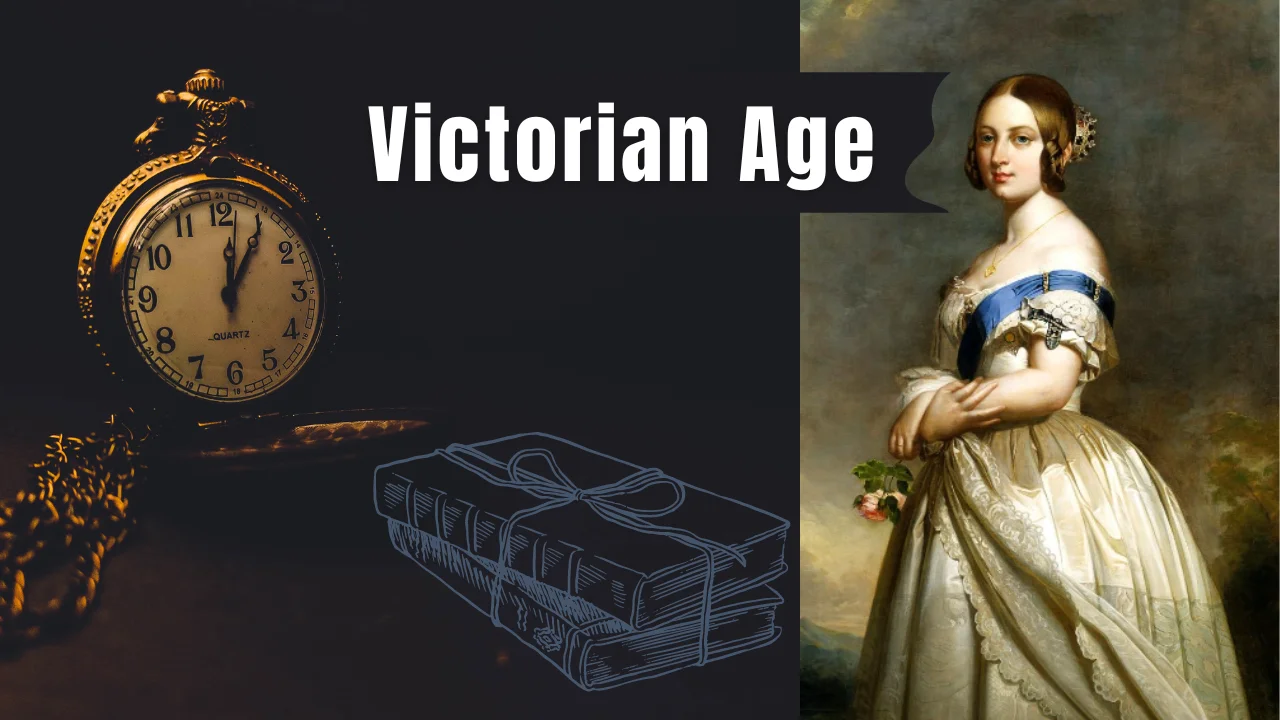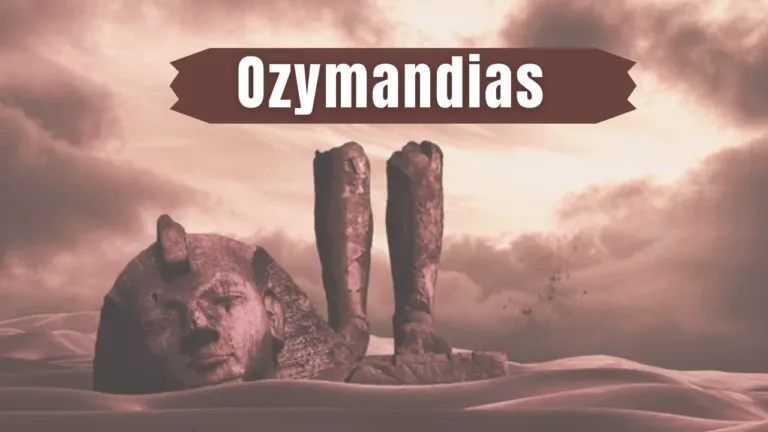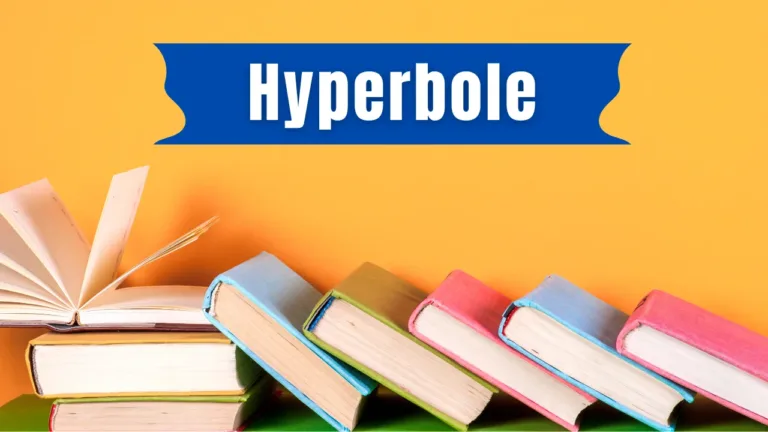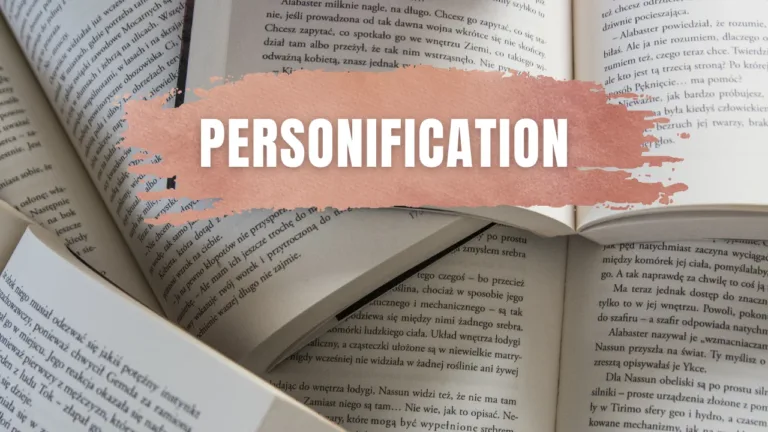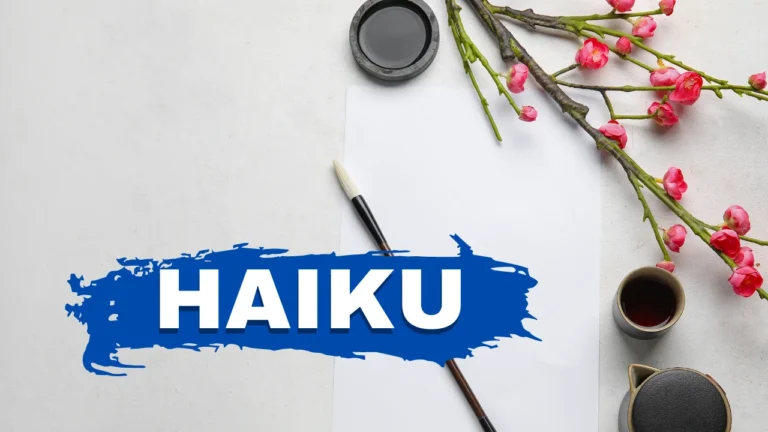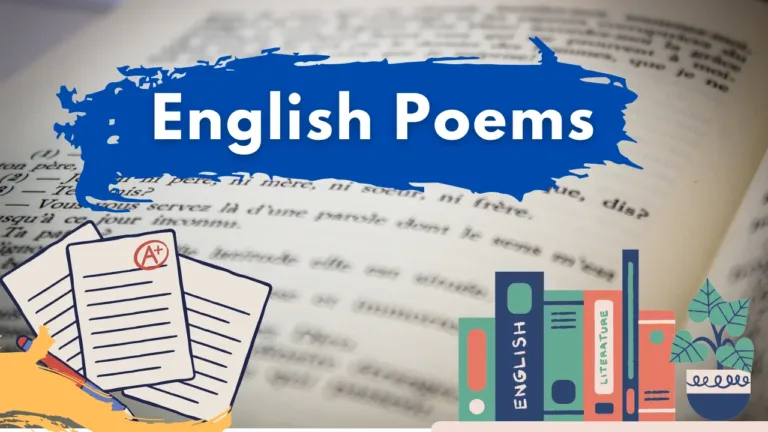Victorian Era: A Period of innovation
If you are wondering in which era Britain became a powerful and developed Empire? Then the Victorian era can be counted as an answer. In 1837 to 1901 the empire of Great Britain was ruled under the leadership of a great lady named Queen Victoria. She reigned over this great empire for the period of 63 years 7 months and 2 days. So, this period is known as Victorian Era or Victorian Age.
It is the elongated reigning period in the history of England till Queen Elizabeth ii her great-great granddaughter. After the Romantic period (1798 to1832) which was ended suddenly, and new period from 1837 to 1901 is known as the Victorian age. Though it is connected with the reigning period of Queen Victoria from 1837.
Actually, it appears to have started after the unpredicted decline of the Romantic period in 1832. After the early death of younger generations of the Romantic age like Shelley, Keats, Browning, the new writers adopted changes in their writing that differ from the Romantic age writing. It looked like a move toward a new age (Victorian age).
Why it is called Victorian Age
This age termed its name from Queen Victoria who was the Queen of United Kingdom of Great Britain and Ireland and she governed from 1837 to 1901. She was the only daughter of Edward who was a duke of Kent; fourth son of George iii. In this long period there were nine British prime ministers who worked under her ruling.
Summary
This historical period refers to the ruling period of Queen Victoria; who was a strong lady monarch of England of that time which was started from June 20,1837 and ended in January 22,1901. This period is regarded as dynamic mix of progress and traditions. It was a period of grandeur and challenges which saw the industrial revolution and flourishing of different arts. There was a significant social, cultural and economic transformation. We can say that it was characterized by the combination of urbanization and scientific advancements. The society was hierarchical which laid emphasis on moralities and social values. It was a rise of British empire and extensive colonial expansion which brought both prosperity and challenges for the society of United Kingdom. In this period literature and art flourished which addressed the issues such as class disparities, women’s right and labor conditions. It has a lost in impact on the Western society.
Queen Victoria got married to her German cousin Prince Elbert in 1840. That pair gave birth to 9 children and she is also identified as grandmother of Europe. She passed away at the age of 81 years.
When was Victorian Era started and how it ended?
It was started in 1937 and completed in 1901 with the death of Queen Victoria. But actually, this era can be stretched including the years before and after the mentioned dates. we can say with a rough estimate it was started from the Napoleonic Wars and ended with the outbreak of World War1 in 1914.
Why Victorian era is famous?
This era is famous for many changes and developments which transformed the society for example Industrial Revolution, women’s rights, democracy and many more.
Societal Development of Victorian Period
The duration of the Victorian Era is of great importance as during this Britain went through several social, societal, cultural, political and economic changes. This is the time of technology advancement, materialism expansion, education enhancement and Industrial development.
The growing Peace and economic progress changed it from an agricultural and rural one to an urban and developed one. It also brought revolution that made Britain the most powerful Empire.
Movements of Victorian Era
Several revolutionary movements took place in this age. some of them are given below.
- Chartist movement: A movement that arose in 1836 and expanded in 1838-1848. The purpose of this movement is to give rights to the working class.
- In 1848, another revolutionary movement started against the monarchy system, in favor of democracy.
- In 1870, an Education Act known as Forster’s Education Act, initiated for the education of every child between 5 to 12 years in England and Wales.
- Some movements for women’s rights were also raised.
Conflict between Science and Religion in Victorian Era
The Victorian Era is also marked for great achievement in the field of science. The technological and scientific development causes conflict between Science and Religion.
Moreover, after the Darwin’s ‘Theory of Evolution ‘people became confused whether to believe in science or religion. It created a clash between morality and facts as science based on natural things and Religion believe in supernatural things.
Literature of Victorian age
The literature of 19th century is very famous and celebrated one in the history of English literature and also little complicated. It distinguished into two periods, Early and Late Victorian periods.
Early Victorian period
Tennyson, Browning, Arnold, Carlyle, Dickens and Thackeray were the prominent writers of this early Victorian period. Their main objective of writing was social and moral values.
Later Victorian period
After 1870- with writers and poets Rossetti, Swinburne, Morris, George Eliot, Meredith, Hardy, Newman and Pater explored new aspects of writing. They also initiated the Pre-Raphaelite movement which was followed by Aestheticism.
Some wrote for morality, some to discuss social issues, some for entertainment. Most work was done on genres like poetry, novels, prose and criticism.
Novelist of Victorian Era
Novels of this age have contributed greatly to the popularity of novels in English literature. The most famous writers of novels writing are:
Charles Dickens A well famous literary figure (1812 to1870)
In Victorian novelist there is one person; Charles Dickens who is not only a novelist but also a social critic. He has strong position in that age because of his innovative work. So, he is rightly regarded as the most prominent figure of that age. His novels are known as new gate novels.
His first novel ‘The Pickwick Paper ‘(1836 to1837) that was written in series form with more than 300 characters. Other important works were ‘Oliver Twist ‘(1837 to 1839), A Tale of two Cities in (1859), ‘Dombey and Son in ‘(1846 to1848), and Great Expectations in (1860-1861).
William Makepeace Thackeray
A well-known English novelist and illustrator who wrote ‘The luck Barry of Lyndon and Vanity Fair a globally recognized novel without a hero
Bronte sisters
Charlotte, Emily, and Anne Bronte also produced valuable works like ‘Jane Eyre (1847) their major work that is considered an important novel of the 19th century. This novel is among one the best novels of English literature.
Elizabeth Cleghorn Gaskell 1810 to1865
She is another prominent writer of the Victorian period, who is also regarded as the first biographer of Charlotte Bronte. She was a bluestocking and her father was a minister. She wrote many short stories and novels. Mary Barton, North and South and Wives and Daughter are her important works.
George Eliot 1819 to1880
She was one of the leading writers of that era, her actual name was Mary Ann Evans, she was British translator, journalist, poet and novelist, and was well famous with the pen name of George Eliot.
Her important novels include, Adam Bede written in 1859 that is a historical novel, Danial Deronda in 1876, and Middlemarch in 1871 to72 on which she addressed psychological and moral issues of the society.
Other famous literary figures of that period include, George Meredith from 1828 to1909, who is named as the Grand old man of English history, George Gissing from 1857 to 1903, and Anthony Trollope 1815 to 1882.
Poetry of Victorian period
Poetry of the Victorian age is written in the three genres. These genres are; mostly lyrical poetry, narrative form and dramatic poetry. The works of each genre have their own importance and significance.
Early Victorian poets
The important early Victorian poets are as under.
Alfred, Lord Tennyson 1809 to1892
Tennyson a prominent literary figure of his age, who is also considered as the father of Victorian poetry because of his great poetical work. He got the chancellor medal for his poem Timbuktu and in 1850 and became a poet laureate.
The significant works of Tennyson includes; Ulysses, Lotus Eaters a master piece of literature which he wrote in 1832 and Tithonus in1833, which is about a Greek hero Tithonus, in 1850 he wrote In Memoriam, which is an elegy on his friend Arthur Henry Hallam, and in 1842 he wrote The Locksley Hall, Holy Grail, and Break, Break, Break.
Robert Browning 1812-1888
Another great poet is Robert Browning ‘The master of dramatic monologue. ‘.
His famous poem is’ Pauline ‘(1833) dedicated to Shelley. His writings which is a collection of poems is in series that are ‘Bells and Pomegranate ‘(1841), ‘Dramatic Lyrics ‘(1842), ‘Dramatic Romance ‘(1845), Men and Women (1855).
Browning’s master piece of literature is ‘The Ring and The Books (1868) which is written in blank verse, and a historical play ‘Stafford’ which he completed in 1837.
Elizabeth Browning 1806-1861
Wife of Robert Browning. She got more fame than her Husband in writing. Her finest works are ‘Sonnet from Portuguese is written in 1850 which is a love sonnet for her husband, ‘The Cry of the Children’ in1843 and an autobiographical work ‘Aurora Leigh in1856 deals with women’s issues of that age.
Matthew Arnold 1822 – 1888
Mathew Arnold contribution is both in poetry and criticism. Poetic works includes a collection of 7 poems ‘Switzerland Thyrsis (an elegy on Arthur Clough), Rugby (1857) on his father’s death, Dover beach, memorial verses. His work in criticism is ‘Essay in Criticism ‘(1867),’Culture and Anarchy ‘(1869), ‘The Study of Poetry ‘(1888).
Late Victorian poets
The poets of late Victorian periods are as under.
D.G. Rossetti (1828-1882)
The most passionate and chief power behind Pre-Raphaelite movement. His literary works can be divided into two major groups; personal and impersonal poems. Former accounts poems as In the House of Life sonnet, the portrays and the streams secret. Later one has Rose Mary, The Blessed Damozel and The King’s Tragedy.
Christina Rossetti
Christina Rossetti; a woman of all seasons and one of the finest poets of Victorian age started her profession in writing with Goblin Market and Other Poems (1861), The Prince’s Progress (1866), A Pageant and Other Poems (1881), Time Flies (1885) and The Face of the Deep (1892).
Prose of Victorian age
Prose writing in the Victorian period is really famous prose writer are briefly discussed below;
Thomas Carlyle (1795 to1881)
A Scottish philosopher and most popular writer of plays in Victorian time. His masterworks are; The French Revolution (1837) a work about problems of revolution, ‘Past and Present (1843) which he wrote about the economic depression of the 1840s.
John Ruskin (1818 to1900)
Writer and critic. His works include ‘Modern Painter ‘(1843) which he wrote in defense of poetry, ‘The seven lamp of Architecture 1849,’Unto this Last ‘combination of 4 essays, ‘The Stone of Venice (1851-53), and Tine and Tide.
Thomas Macaulay (1800 to1859)
His important works include; The Encyclopedia Britannica, History of England, Lays of American Rome, Critical and Historical Essays and Essay on Milton.
Characteristics of Victorian Era:
Like each literary period, the Victorian period of literature also has some characteristics that distinguish it from others. Here are some of them discussed briefly;
- Realism: The literature of this age shows reality and fact-based
- incidents as real-life problems and social issues faced in common life.
- Morality: It teaches morality and believes in ‘Art for moral sake’ and such messages are delivered through writing.
- Doubts and pessimism: This is also an era when people ‘s minds are full of doubts and pessimistic thinking.
- Idealism: Despite being an age of materialism, writers still give priority to simple life including truth, love, justice, brotherhood.
- Imperialism: A prominent characteristic of the Victorian age is Imperialism that can be seen in ‘Joseph Conrad’ and ‘Heart of Darkness’.
- Industrial Revolution: In this era there is significant progress in prosperity and economy due to the industrial revolution.
- Class structure: Victorian age also portrays class systems like upper class, middle class and lower class and their different roles and ways of living in a society.

